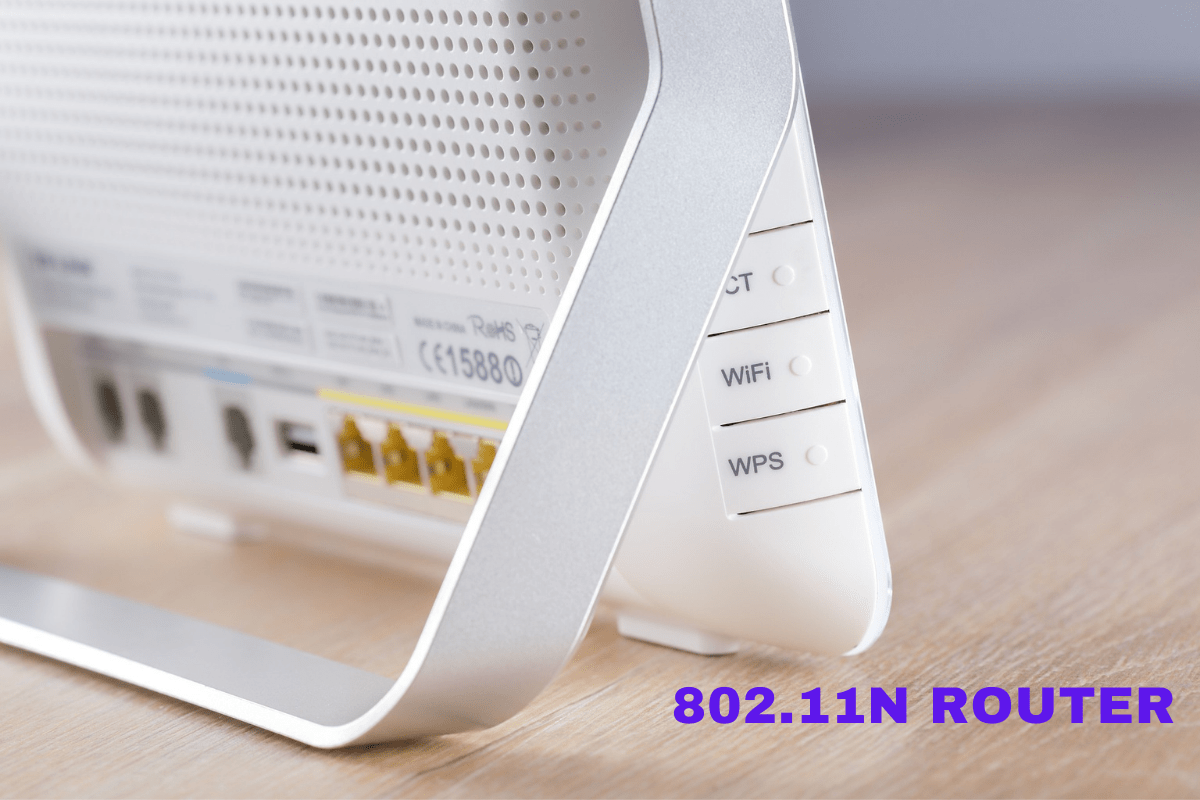The 802.11n router
The 802.11n router is the successor to the 802.11g/a router. It can deliver speeds of up to 600 Mbps and would be suitable for most use cases of the internet. If you are someone who accesses the internet to browse websites, checking emails and HD streaming with only a few devices connected to the router, then 802.11n could be the right choice for you.
The 802.11ac router
802.11ac router is the successor to the 802.11 routers. With internet service providers being able to provide gigabit speeds thanks to the advancements of broadband technology, our routers also need to be upgraded to support these speeds. 802.11ac router, or the gigabit router as it’s popularly known, can deliver speeds of up to a few Gbps. These routers are best suited for users like 4K streaming, live gaming, live coding and other such data-intensive tasks. Here are a few key distinctions between these two routers in terms of their range and price.
Range
We have already mentioned above that the Ac router is capable of delivering much higher speeds as it’s the successor to the 802.11n router. In terms of range, both routers basically offer the same range on paper. However, there are a few key differences. The 802.11n offers both 2.4Ghz and 5Ghz bands, while the 802.11ac only uses the 5Ghz band. While higher bands are faster but have a lower range, the peak performance of 802.11ac is much better than the performance of 802.11n in the longer range.
Price
As the 802.11ac router is the latest and advanced version, it’s no surprise that it is not only more expensive but also widely available in the market today. It is now found as a Wi-Fi standard, built-in every premium phones, laptops, tablets, smart TVs and also a few mid-range devices. Considering the benefits are way more of purchasing the 802.11ac as 5G is the future of internet speeds, the high price is justified if you look at it as an investment for the future.
